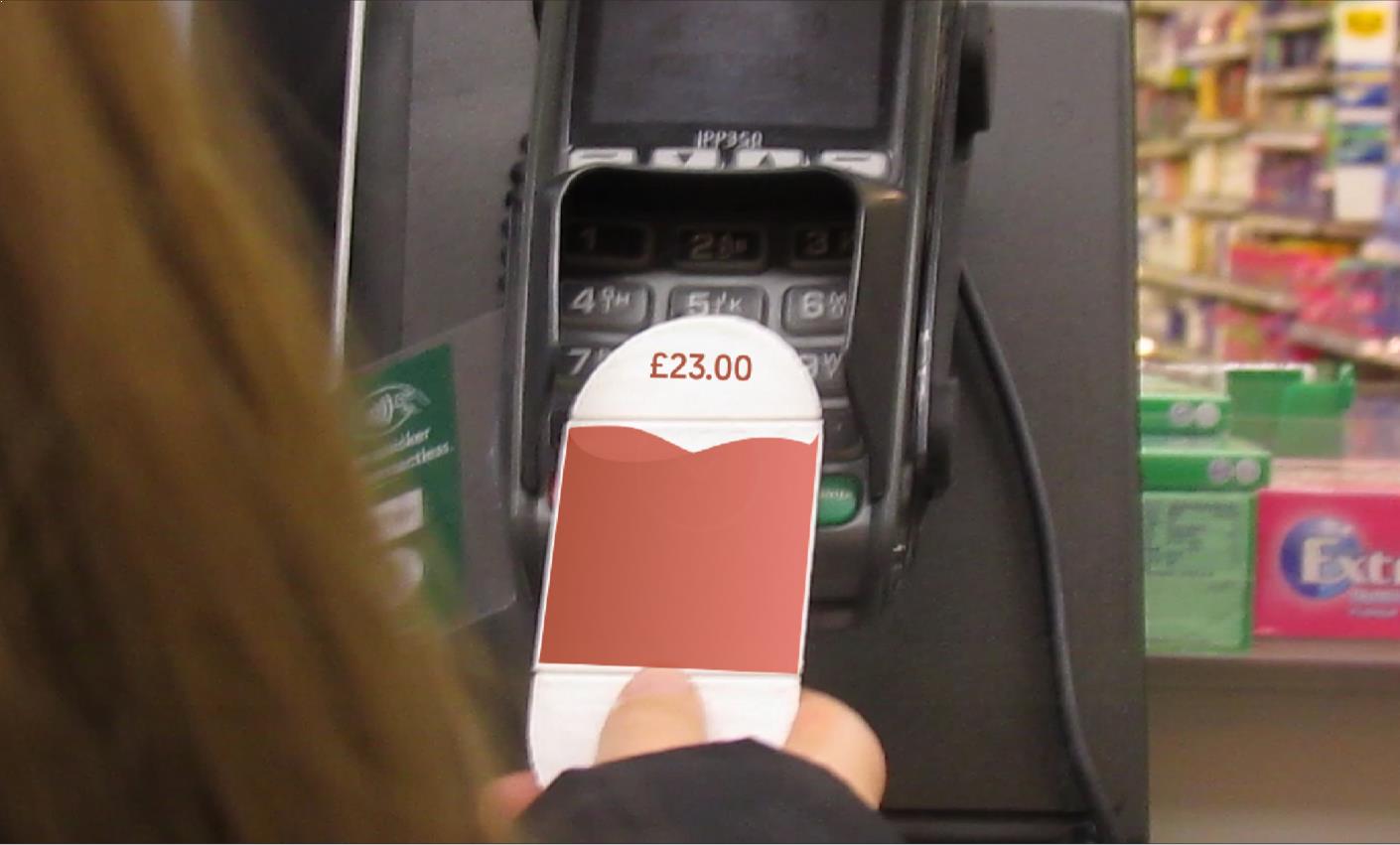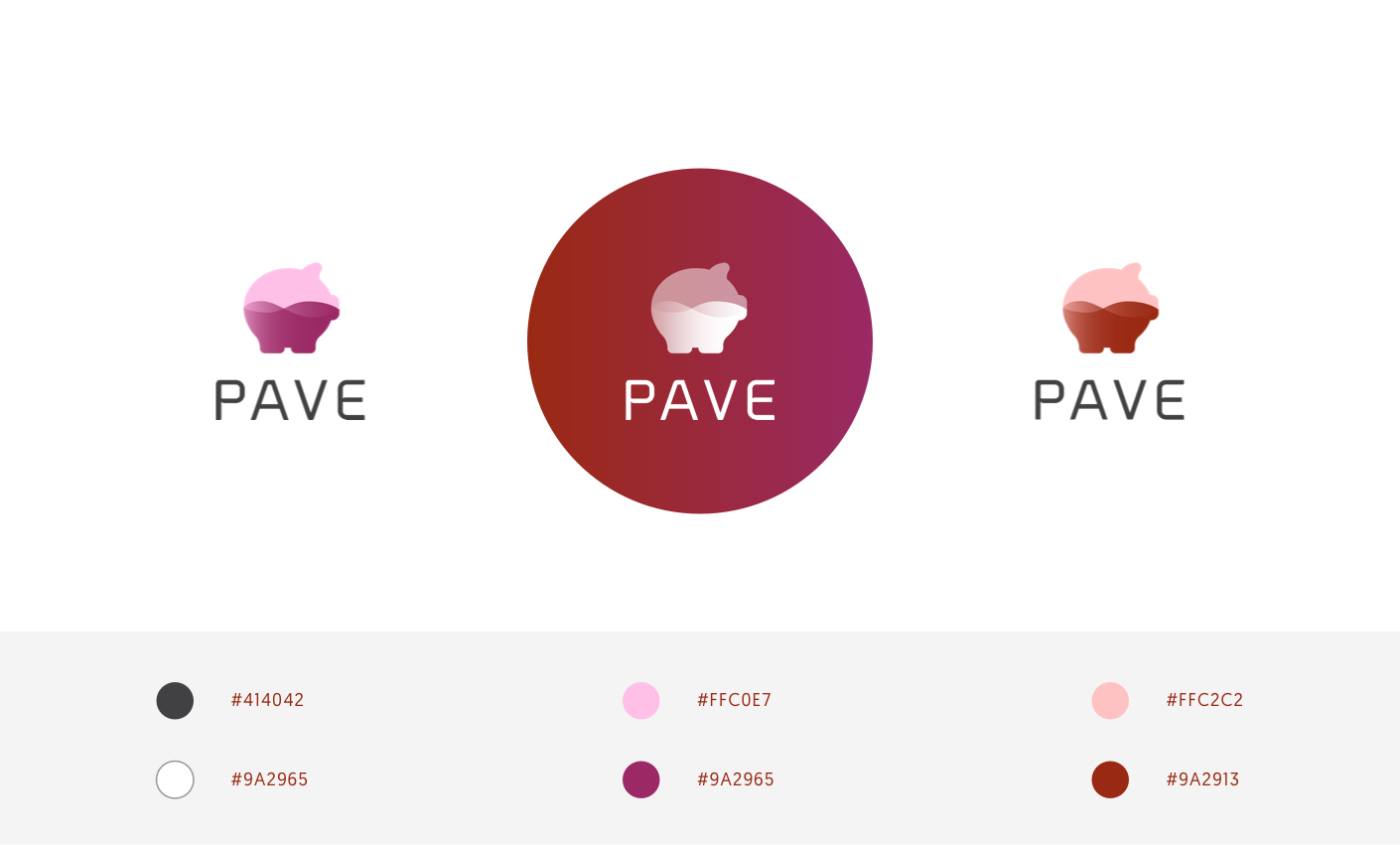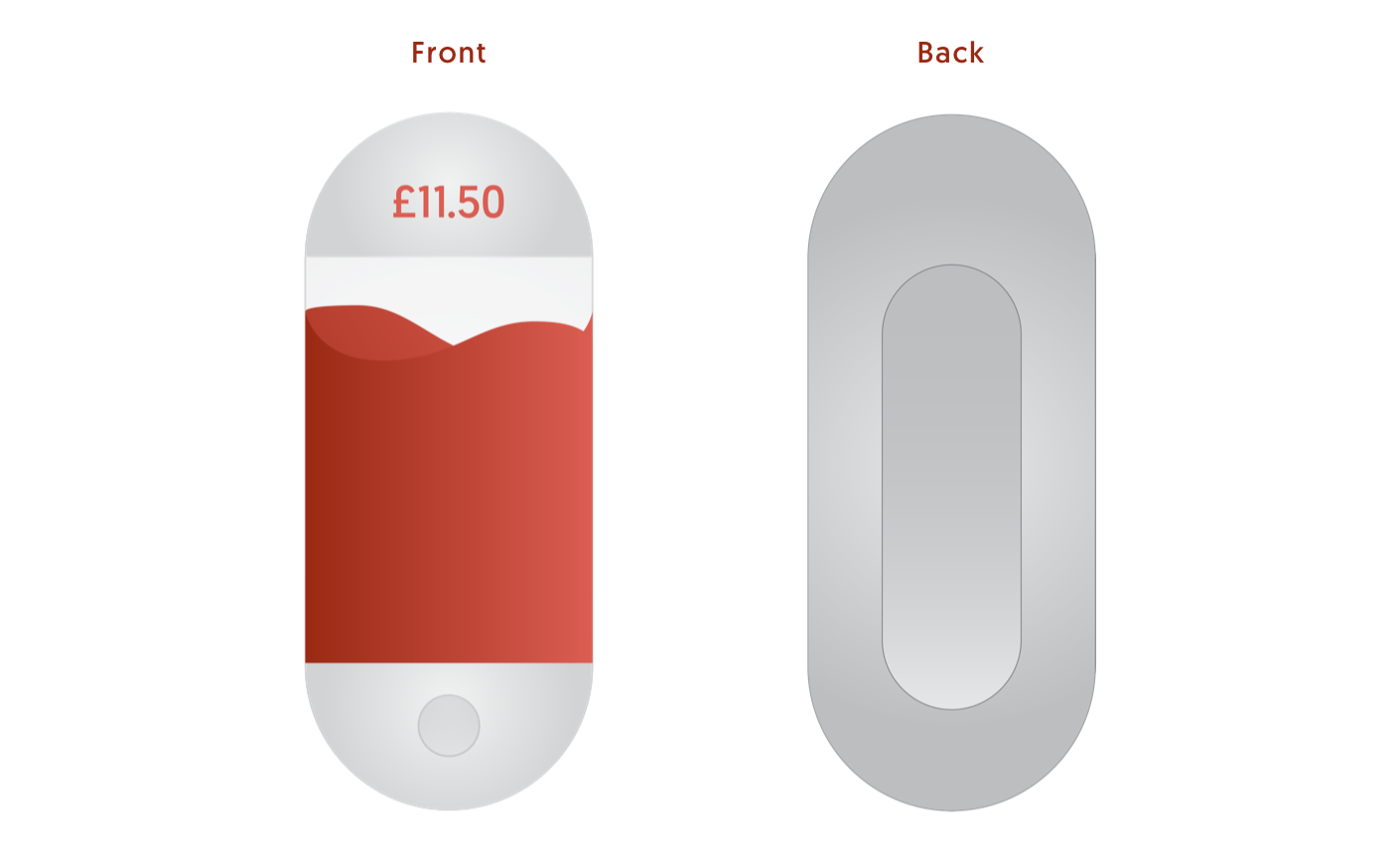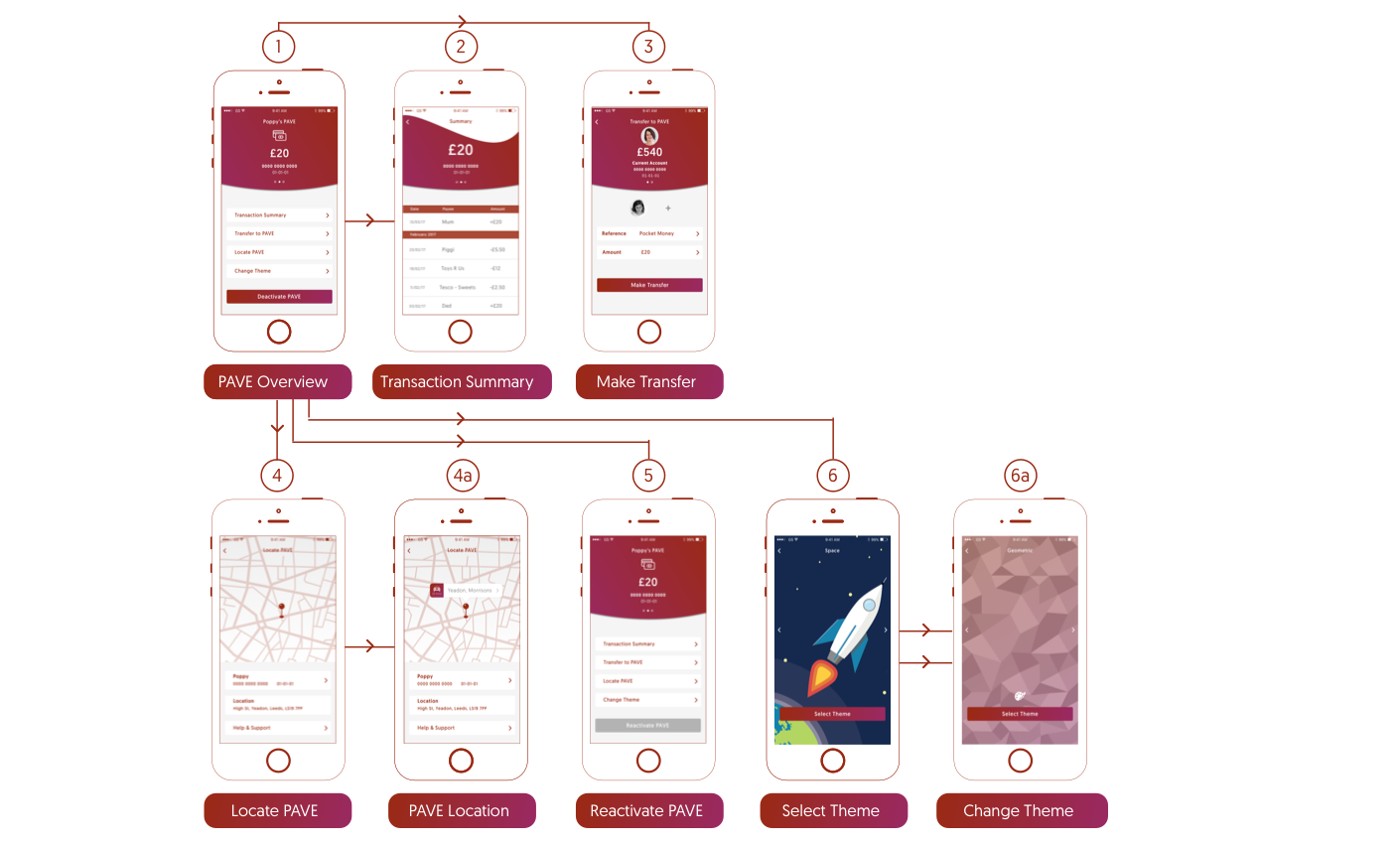Pave
Research
The extent of our research into the prospect of a cashless society pointed us in the direction of making a multi-device experience which our concept is based upon. It was valuable to gain an understanding from customers as well as bank staff in regard to the prospect of a cashless future and how this would impact their everyday lives. Overall, it was crucial that the human experience was not lost, retaining a quality service which was helpful and personable.Development
The initial idea behind PAVE was to create a payment device for children, which would allow parents to monitor and over see their child’s spending, reinforcing good saving habits through personal savings goals. However, it was clear that there was parental concern around their ability to teach their children to save without physical cash being present, this is where the Piggi bank comes into play.Prototype
To effectively convey our idea, we felt it was necessary to make a physical prototype for both the app and the PAVE device, making the concept real and tangible. In regard to the PAVE app, we designed and compiled app screens and created an Invision prototype for users to navigate through and interact with. As for the PAVE device itself, we decided to 3D model and print it using Cinema 4D software and a Maker Bot 3D printing machine.Project Details
- Project Title: Pave
- Project Type: Experiential
- Project Focus: Cashless Society: Monetary Education
- Designers: Adam Smith & Jake Sharratt
With the main focus of our project being primarily on communicating the value of digitised money to children, we felt further research in to this area would be beneficial. During this research we found that the significance of money in children's lives is beyond what we had originally thought. In regard to this topic Janet Bodnar, author of Dollars & Sense for Kids says “Money is a stand-in for many of the values we want to teach our children,” she goes on to say “If youngsters learn how to spend wisely and delay gratification, they will develop patience and planning skills in other aspects of their lives.” The monetary education being such a pivotal element in children's lives, the importance of parents is made blatantly obvious when considering a cashless future. Which is reinforced by studies that found that “Children listed parents as their most preferred source for learning about finances” over other influences such as teachers. Furthermore, in the same study savings was the number 1 topic children were interested in learning about over other aspects of money such as bank accounts.
To address these issues, the PAVE device has been designed to be used by children, replacing physical cash with a digital payment method instead. The device itself is used similarly as a cash card, where the child’s parent can top the device up, and the child can see how much they have on the card as well as seeing how much they have spent. The device is used in conjunction with the parents’ mobile app, where they can transfer money to the device and look at their child’s bank account and transactions. On the app, parents can also see where the PAVE device is, using the integrated GPS tracker, as well as changing the theme of the child’s device and setting savings goals.
The savings goals are aimed at children being able to save towards a specific target or goal, making saving more personal and desirable for the child to accomplish. The child’s interests can also be recorded as well as setting them a customisable theme for their PAVE device, which is animated to show how much money is left on the device itself. All of these elements are set so that the device and savings goals are customised and personal for that specific child.
As for the Piggi bank, this completes the overall multi-device experience, allowing the child to transfer any money left on the PAVE device into the Piggi Bank, in order to save towards their savings goal. The child can select how much they wish to transfer to the Piggi Bank, or if they have hit their savings goal, how much they wish to withdraw in order to go buy the item they have saved up for.



